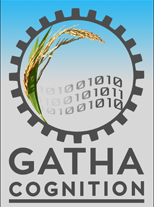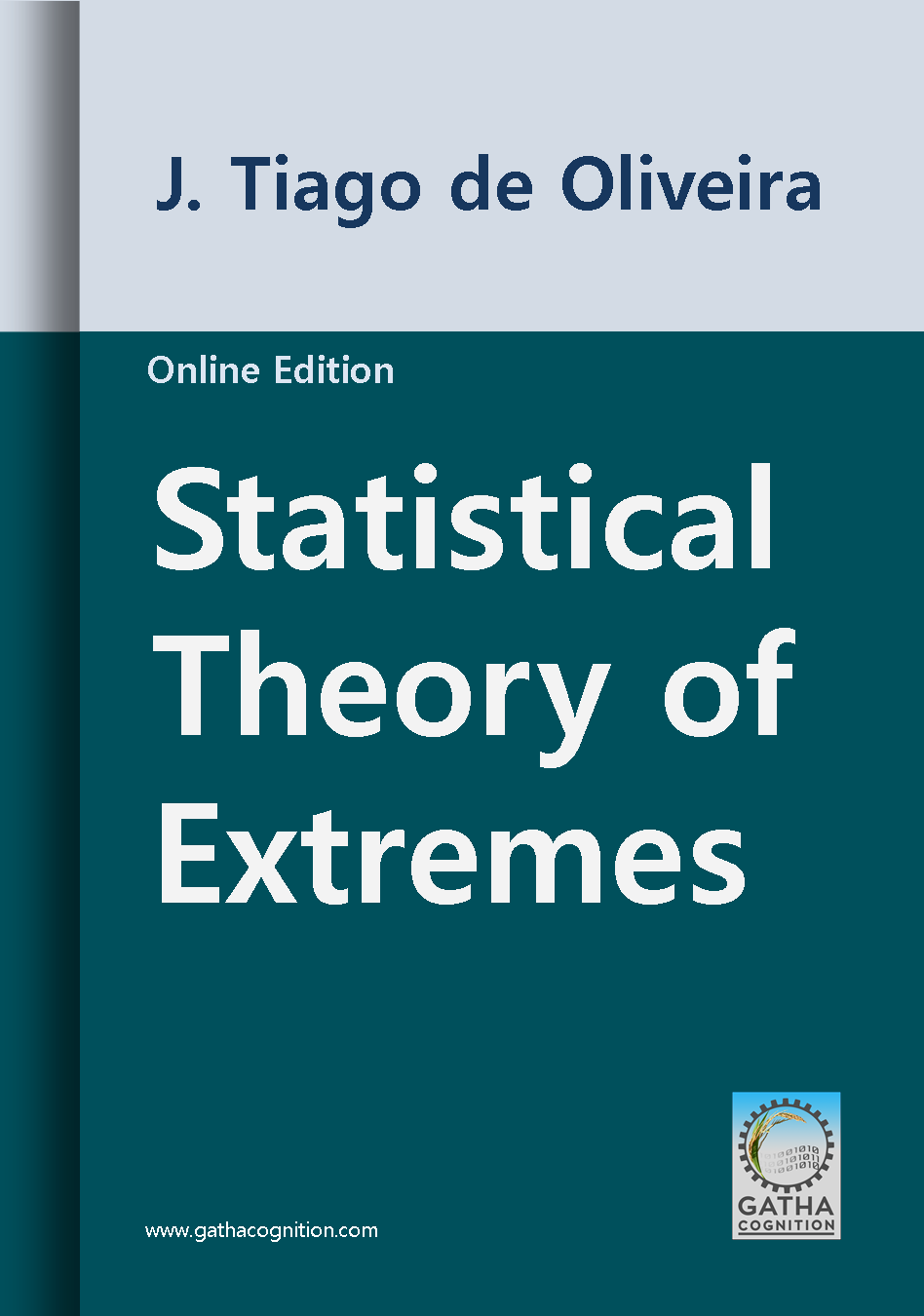1 . Preface
The Statistical Extremes Theory, after a slow development for half a century, has been developing very quickly in the last ten years; it may be said to be an exploding area.
Although the probabilistic aspects as well as the stochastic processes of extremes have recently been dealt with, statistical decision methods have not actually been described and integrated in a book, even though the area has a large and steadily increasing number of papers. This was done thirty years ago, according to the current state of knowledge at that time, by Gumbel. This is an analogous project: to integrate, in one text, the current state of knowledge of essential statistical methodology for univariate and multivariate extremes and some stochastic processes, based on the fundamental probabilistic results.
We had to choose between including, up to the time of going to press, everything that can be considered important from the statistical decision point of view — the book thus being somewhat heterogeneous and unbalanced, with differential developments — and fixing a basic standard, with homogeneity, but not giving all the fundamental (but differential) knowledge at the time of going to press. We have chosen the former course — with its inevitable heterogeneity — to put the essential tools into the hands of professional people, and also to raise, for pure and applied statisticians involved in research, unsolved questions with, perhaps, hints for the analysis of some unsolved questions.
The comparison with Gumbel’s (1958) book shows how far we have advanced and how many unsolved questions still remain.
Some leading ideas helped to write this text. We assumed an empiricist-classical point of view in Statistics, and so Bayesian results for extremes have not been dealt with — they are scarce!, apart from Reliability Theory — although we must stress that they need to be developed. Also p-values for decision, very controversial, have not been used but the elements for their application are clear and the adaptation is easy.
We considered as important questions: the choice of models, the evaluation of quantiles and the probabilities of over- and underpassing thresholds (or quantiles) for which the tools are evidently the already classical estimation and testing theory for parameters, moments, etc… We have stressed, when possible, the efficiency behaviour of quantile estimators, the trilema choice of univariate asymptotic models in the univariate case and practical approximations, the tolerance intervals and prediction results, the choice of bivariate models, the difficulties of statistical decision for stochastic processes in continuous time when discretely sampled, etc… These theoretical questions seem to be the most important ones regarding applications.
The book contains exercises for Parts 1, 2, 3, 4 and 5 as well as references to all parts. To a certain extent, we may conjecture that the joint set of references covers 2/3 to 3/4 of the essential papers on Statistical Extremes Theory; but this is a personal opinion. Exercises are also an integral part of the book either by containing more information (even unpublished results) that can be used afterwards or by an attempt to clarify some results in the text.
In the short, Case Studies Chapter, we have, in some cases, used a partial sample of about 2/3 of the sample size and compared its results with those of the total sample; when possible, this is a confirmatory procedure that is to be recommended.
Parts of this book have been piloted and written in graduate courses, short courses, seminars series and research stays in the Technion (Haifa), Universidade de Lisboa, Universidad de Madrid, University of North Carolina at Chapel Hill, Universidade de Sa?o Paulo at Ribeira?o Preto, University of Surrey, Imperial College of Science and Technology (London), Université de Paris, Université Pierre et Marie Curie (Paris— VI), Iowa State University of Science and Technology (Ames), Bern Universita?t, University of California at Santa Barbara and Université Libre de Bruxelles. I would like to thank the colleagues and students that attended and “suffered” the lectures for their comments, remarks, as well as the kind friendship.
I would also like to thank the many colleagues with whom I have talked and had clarifying discussions and who pressed me to write this book.
I would also like to thank Mr. Mario Silva and Ms. Fátima Correia for typing the first draft and the final text, Mr. Vitor Teodoro for the drawings, Prof. Manuela Neves and a group of students who helped in the numerical calculations and Mr. Paul Covill who made the final revision of the text improving my English writing.
The last, but certainly not the least thanks, are due to the Gulbenkian Foundation— through Professors Ferrer Correia and Pina Martins— for the support for the final revision and typing of the book.
Many thanks to all !






